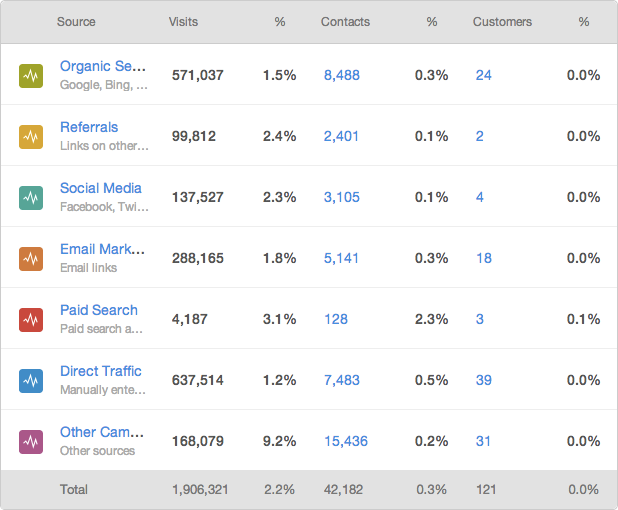In 2016, consumers are increasingly spreading their digital lives across multiple devices. Smartphones, tablets, wearables... the list goes on. Cross-device marketing is the process of targeting and engaging consumers across multiple devices in an organized and scheduled manner. In many ways, multiple devices mean multiple opportunities to track and engage customers. It also has the potential of leading a marketer into a mess of highly fragmented and incompatible data. Without a sound cross-device marketing strategy in place for 2016, marketers will quickly find themselves overwhelmed. This post aims to give you a high-level introduction to cross-device marketing and educate you on a few best practices. Here are some basic rules to follow.
1. Measure how and where people are engaging with your content

The capability to measure marketing is increasing every day. If you don't have a way to report on your existing marketing and advertising efforts, then stop reading right now and contact us. You're missing out on some vital insights. Measurement will expose which devices your audiences are consuming your content on and how they interact with it. A good reporting tool will allow you to see all of your traffic sources, conversion metrics, and device usage. This is a MUST have.
2. Integrate your marketing with a unified team

Integrated marketing is not a new idea. It's a fundamental strategy that's been long proven to benefit marketing campaigns. However, often there is still a divide between traditional and digital teams. Integrated campaigns should be executed by a cross-device agency that has a unified grasp of all marketing channels. Display, search and traditional advertising should be planned for and executed by one unified team. This approach allows the team to take into account how all pieces of the plan fit into the larger advertising ecosystem.
"So far, this hasn’t happened on a wide scale, but it has to happen now to be able to fully realize the benefits from cross-device advertising and especially as multidevice usage continues to soar," says Anna Bager, VP-general manager of the Interactive Advertising Bureau Mobile Marketing Center of Excellence.
3. Set SMART marketing goals

A S.M.A.R.T. marketing goal is defined as one that is specific, measurable, achievable, results-focused, and timebound. Above is a definition of each of the SMART goal criteria. All of this is in addition to the usual questions: Who do you want to reach? How do you want to reach them? What is your budget? Having a clear goal gives you something to measure against.
4. Don't be afraid to experiment

5. People are not just numbers
Conclusion
In short, what the above highlights are that the impact of digital marketing platforms can be maximized by integrating smartphone, laptop, desktop, and even broadcast strategies.
If your business has yet to consider employing this new media landscape, there is no time like the present to do so. Digital display advertising alone is projected to be approximately $21.5 billion in 2016, growing to approximately $26.75 billion in 2017 according to eMarketer. There's a good reason why B2B and B2C companies alike are making this digital marketing spend—it works. It will work even better as organizations apply best practices as they integrate and leverage their digital marketing campaigns across platforms such as smartphones, laptops, pads, and desktops.

